World Cities Day: Ten biggest megacities in the world
The world is becoming increasingly urban as the world's population grows. Out of Earth's population of more than seven billion, over half live in urban areas – in cities, suburbs and towns. A significant proportion of the global population – nearly one quarter – live in cities of more than a million or more. More and more people are also living in so-called "megacities", which have populations of more than 10m or more.
Research by UK government statisticians shows London will likely reach "megacity" status by 2039, as the population grows from the current 8.5m to 11m. On World Cities Day, we look at some of the biggest cities in the world, as defined by their population according to data from Demographia World Urban Areas.
Tokyo-Yamahama
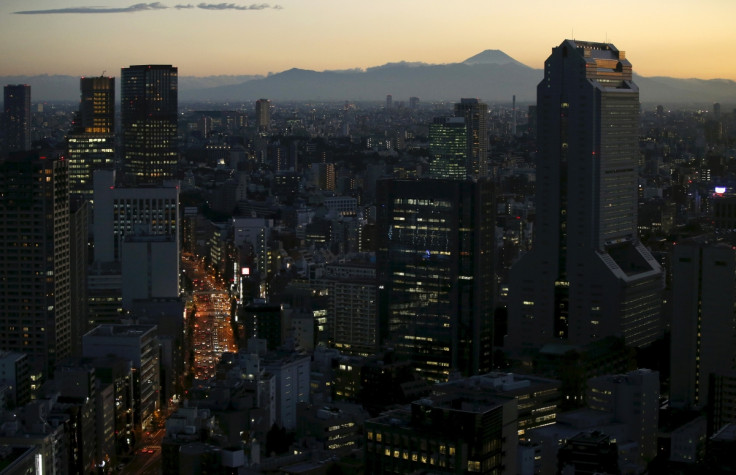
Jakarta
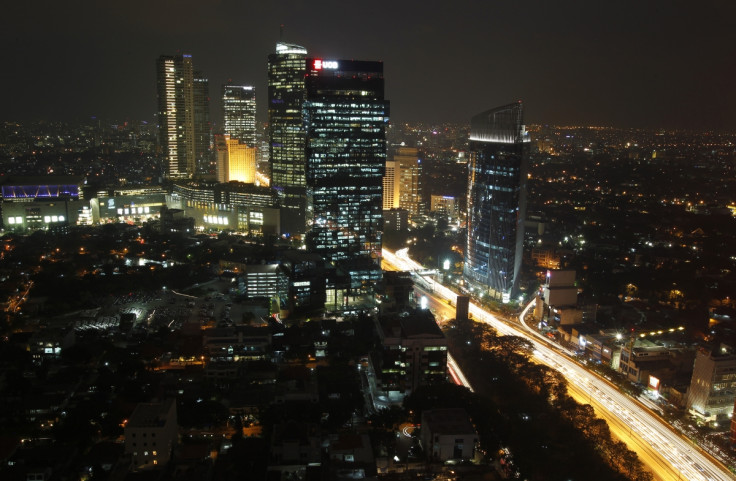
Delhi
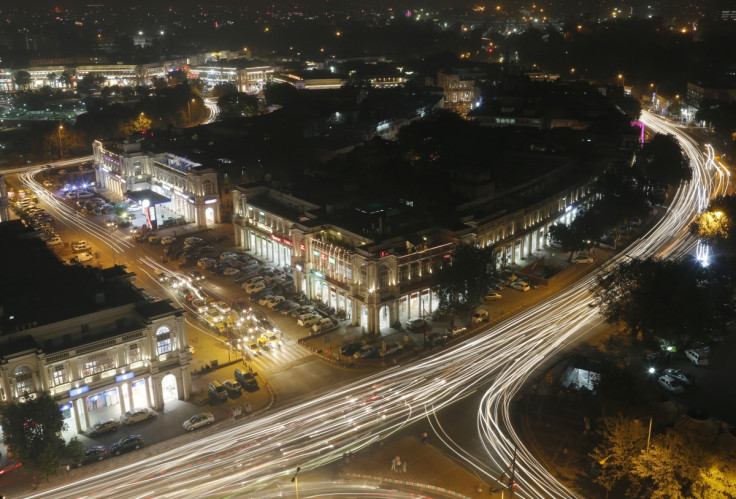
Manila
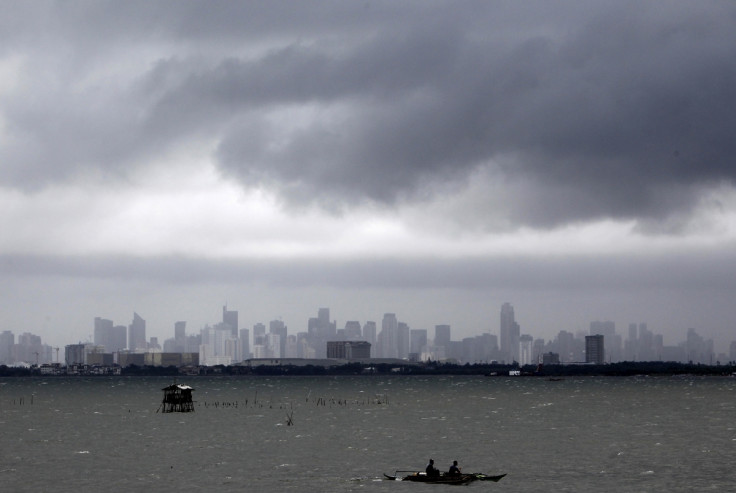
Seoul
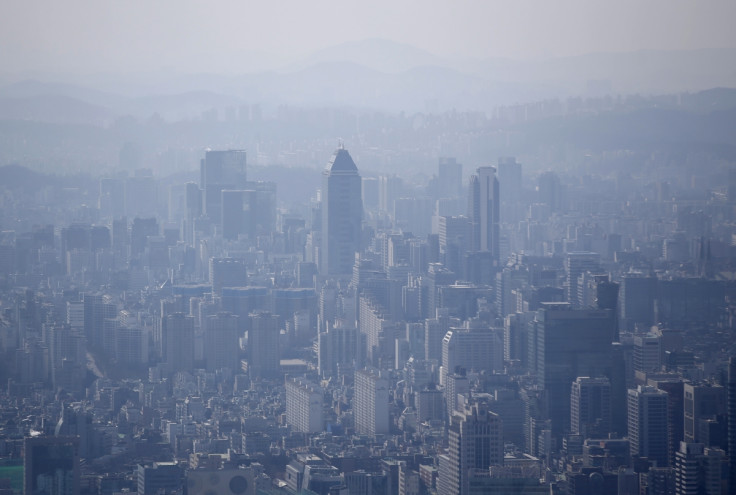
Shanghai (SHG-JS-ZT)

Karachi

Beijing
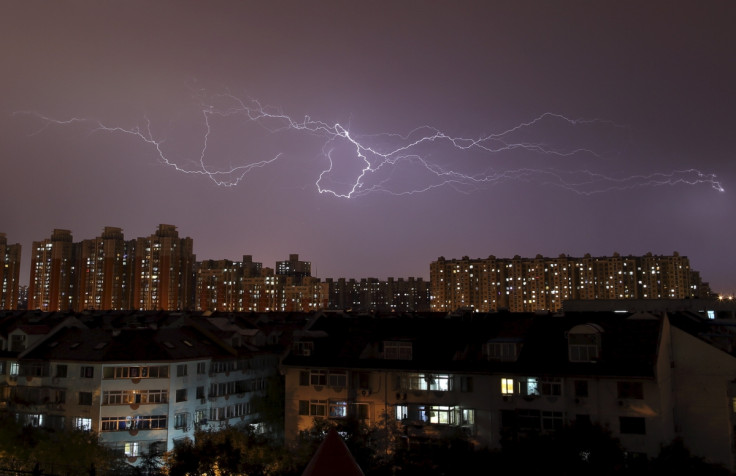
New York NY-NJ-CT
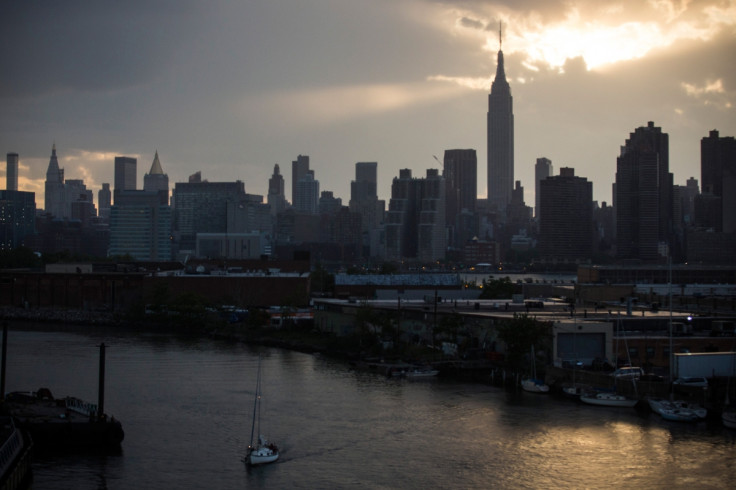
Guangzhou-Foshan

© Copyright IBTimes 2025. All rights reserved.



















